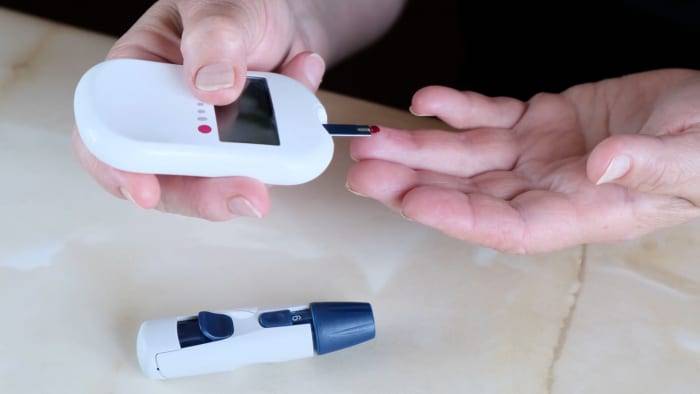Sarah Johnson’s Wake-Up Call
Sarah Johnson, a mother of two, was surprised to learn she had prediabetes at age 35, despite her active lifestyle. This wake-up call led her to make significant changes, focusing on healthier eating and increased physical activity. With the guidance of her healthcare provider, Sarah adopted a regimen that emphasized whole grains, fruits, vegetables, and lean proteins. She aimed for at least 30 minutes of brisk walking each day and gradually increased her physical activity to meet the recommended 150 minutes per week. Within six months, Sarah not only reversed her prediabetes but also lost 10 pounds, feeling healthier and more energetic than ever before.
The Importance of Lifestyle Changes in Preventing Type 2 Diabetes
Sarah’s journey highlights the crucial role lifestyle changes play in preventing type 2 diabetes. Type 2 diabetes is largely driven by factors such as obesity and physical inactivity, making lifestyle interventions a potent tool in its prevention. Research shows that lifestyle changes can reduce the risk of developing type 2 diabetes by up to 58% in individuals with impaired glucose tolerance, primarily by promoting weight loss and improving insulin sensitivity.
Dietary Adjustments for Diabetes Prevention
At the heart of diabetes prevention are dietary changes. Focusing on a balanced diet is essential, with an emphasis on whole grains, fruits, and vegetables. Foods rich in fiber are particularly beneficial as they help lower the risk of diabetes and improve weight management. Reducing intake of processed foods, added sugars, and saturated fats is also crucial. The American Heart Association recommends limiting saturated fats to less than 10% of daily calories and added sugars to less than 10%.
Staying Active for Better Health
Regular physical activity is another cornerstone of diabetes prevention. Aim for moderate-intensity aerobic exercises, such as brisk walking or cycling, for at least 150 minutes per week. This level of activity not only improves insulin sensitivity but also helps maintain a healthy weight. Staying active can be as simple as incorporating short walks into your daily routine or engaging in activities that bring joy, such as dancing or gardening.
Additional Lifestyle Factors
In addition to diet and exercise, maintaining a healthy weight, quitting smoking, and limiting alcohol consumption are vital. For those at risk or with prediabetes, the National Diabetes Prevention Program offers structured lifestyle interventions that have been shown to significantly reduce the onset of type 2 diabetes. These programs focus on step-by-step weight loss and increased physical activity, often supported by group participation for motivation.
Individual Action and Societal Support
Sarah’s successful transformation underscores the potential for individual action in diabetes prevention. However, broader societal changes can also play a significant role. Promoting public health policies that support access to healthy food options and safe spaces for physical activity could further enhance prevention efforts. As society continues to grapple with the rising prevalence of type 2 diabetes, the message remains clear: small, consistent changes can add up to make a substantial difference in health outcomes.
Moving Forward Together
In reflecting on Sarah’s journey and the broader context of diabetes prevention, it’s evident that individual empowerment through lifestyle changes is a powerful tool. Yet, it also raises a deeper question: How can we work together as a community to create environments that foster these healthy behaviors, encouraging healthier choices for all? Read more about healthcare innovations and public health strategies on Epochedge health and stay updated on the latest news on Epochedge news.









